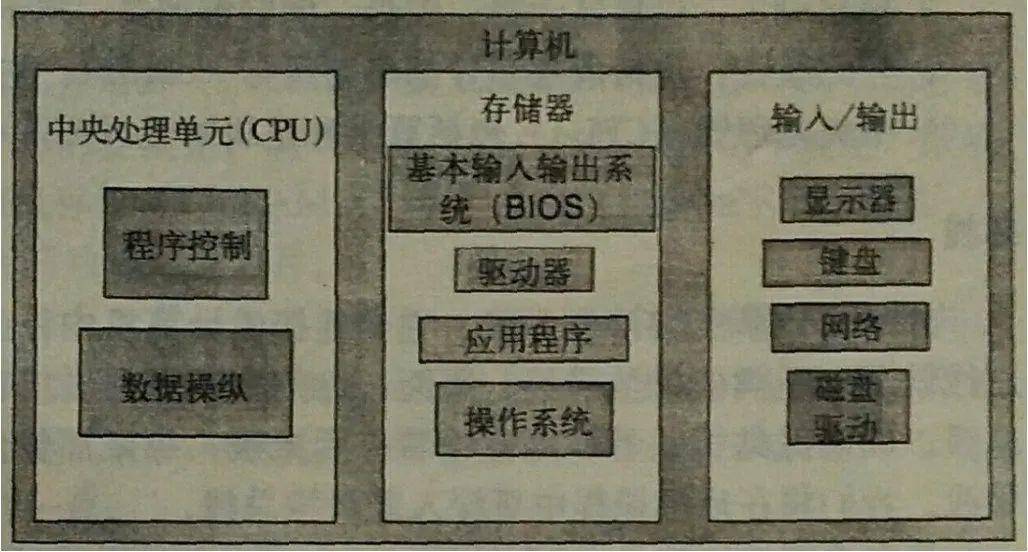在这篇文章中,我将与你分享一些关于JS的技巧,可以提高你的JS技能。
如果判断值满足多个条件,我们可能会这么写:
if (value === 'a' || value === 'b' || value === 'c') { ... }
像这样如果有多个条件,if 条件就会很我,可读性降低,我们可以这样简化:
if (['a', 'b', 'c'].includes(value)) { ... }
!(NOT)运算符可以使用两次!!,这样可以将任何变量转换为布尔值(像布尔函数),当你需要在处理它之前检查某个值时非常方便。
const toto = null
!!toto // false
Boolean(toto) // false
if (!!toto) { } // toto is not null or undefined
在 JS 中,我们需要经常检查对象的某些属性是否存在,然后才能再处理它,不然会报错。早期我们可能会这么干:
const toto = { a: { b: { c: 5 } } }
if (!!toto.a && !!toto.a.b && !!toto.a.b.c) { ... } // toto.a.b.c exist
如果对象嵌套很深,我们这写法就难以阅读,这时可以使用?来简化:
if (!!toto.a?.b?.c) { ... } // toto.a.b.c exist
// 如果键不存在,返回 `undefined`。
const test = toto.a?.b?.c?.d // undefined
经常会看到这种写法:
if (...) {
return 'toto'
} else {
return 'tutu'
}
如果if有返回值了,可以这样写:
if (...) {
return 'toto'
}
return 'tutu'
作为初学者,我们使用了很多forEach函数,但 JS 为我们提供了很多选择,而且这些函数是FP(函数式编程)。
filter
filter() 方法创建一个新数组, 其包含通过所提供函数实现的测试的所有元素。
const toto = [1, 2, 3, 4]
// 过滤奇数
const evenValue = toto.filter(currentValue => {
return currentValue % 2 == 0
}) // [2, 4]
map
map() 方法创建一个新数组,其结果是该数组中的每个元素是调用一次提供的函数后的返回值。
const toto = [1, 2, 3, 4]
const valueMultiplied = toto.map(currentValue => {
return currentValue * 2
}) // [2, 4, 6, 8]
reduce
reduce() 方法对数组中的每个元素执行一个由您提供的reducer函数(升序执行),将其结果汇总为单个返回值。
const toto = [1, 2, 3, 4]
const sum = toto.reduce((accumulator, currentValue) => {
return accumulator += currentValue
}, 0) // 10
Some & Every
some() 方法测试数组中是不是至少有1个元素通过了被提供的函数测试。它返回的是一个Boolean类型的值。
every() 方法测试一个数组内的所有元素是否都能通过某个指定函数的测试。它返回一个布尔值。
什么时候使用?
所有项目都符合一个条件可以用 every
const toto = [ 2, 4 ]
toto.every(val => val % 2 === 0) // true
const falsyToto = [ 2, 4, 5 ]
falsyToto.every(val => val % 2 === 0) // false
只要一个符合条件就行,用some
const toto = [ 2, 4, 5 ]
toto.some(val => val % 2 !== 0) // return true
从一个对象中 delete 一个属性是非常不好的(性能不好),此外,它还会产生很多副作用。
但是如果你需要删除一个属性,你应该怎么做?
可以使用函数方式创建一个没有此属性的新对象,如下所示:
const removeProperty = (target, propertyToRemove) => {
const { [propertyToRemove]: _, ...newTarget } = target
return newTarget
}
const toto = { a: 55, b: 66 }
const totoWithoutB = removeProperty(toto, 'b') // { a: 55 }
有时,如果对象已经定义了属性,我们需要向对象添加属性,我们可能会这样写:
const toto = { name: 'toto' }
const other = { other: 'other' }
// The condition is not important
const condition = true
if (condition) {
other.name = toto.name
}
❌不是很好的代码
✅ 可以用一些更优雅的东西!
const condition = true
const other = {
other: 'other',
...condition && { name: 'toto' }
}
在 JS 中学习字符串时,我们需要将它们与变量连接起来
const toto = 'toto'
const message = 'hello from ' + toto + '!' // hello from toto!
如果还有其它变量,我们就得写很长的表达式,这时可以使用模板字符串来优化。
const toto = 'toto'
const message = `hello from ${toto}!` // hello from toto!
当条件为 true 时,执行某些操作,我们可能会这样写:
if(condition){
toto()
}
这种方式可以用 && 简写:
condition && toto()
如果需要给一个变量设置一个默认值,可以这么做:
let toto
console.log(toto) //undefined
toto = toto ?? 'default value'
console.log(toto) //default value
toto = toto ?? 'new value'
console.log(toto) //default value
如果需要知道一个函数的执行时间,可以这么做:
for (i = 0; i < 100000; i++) {
// some code
}
console.timeEnd() // x ms
作者:CodeOz 译者:前端小智 来源:dev 原文:https://dev.to/codeoz/improve-your-js-skls-with-theses-tips-52ia









